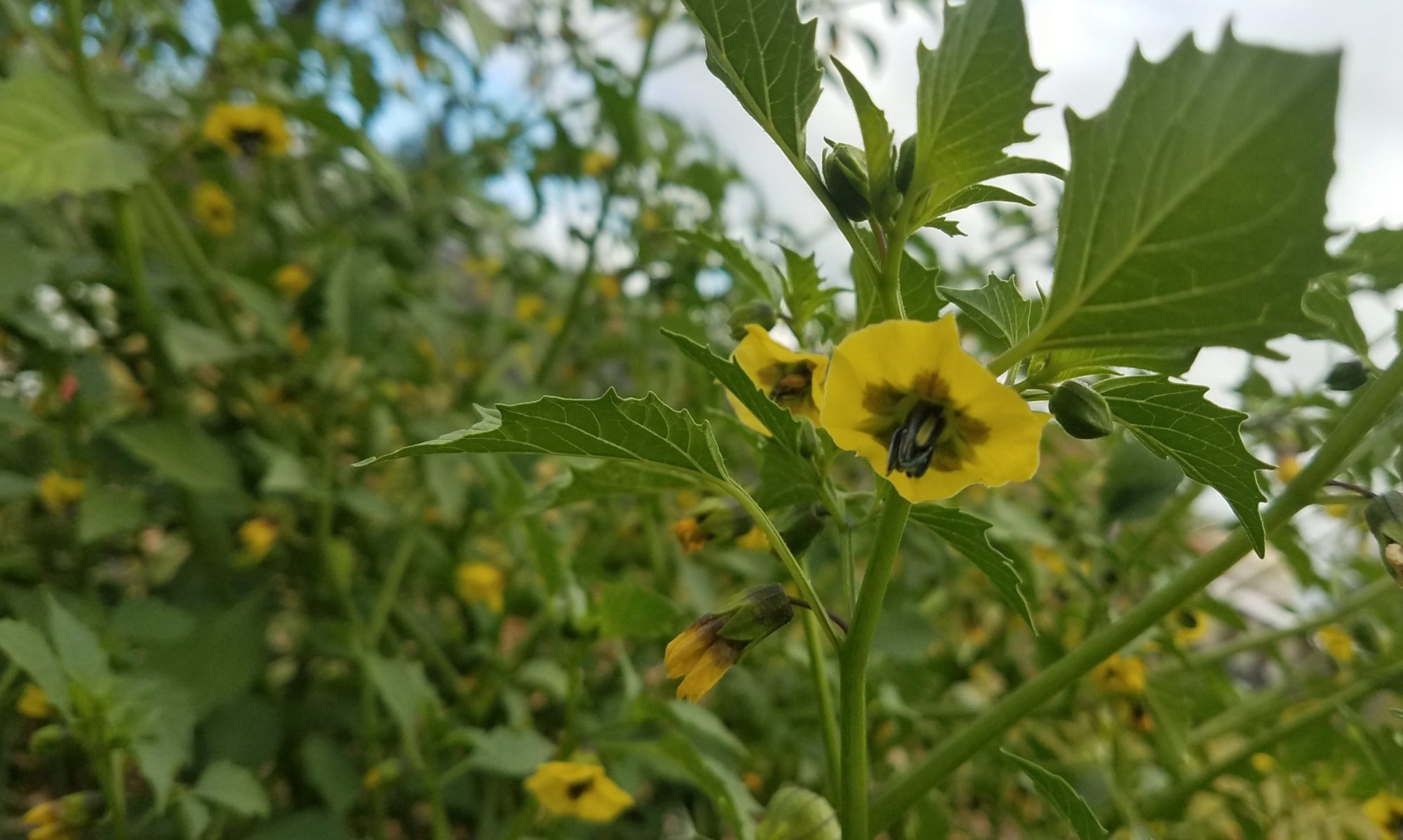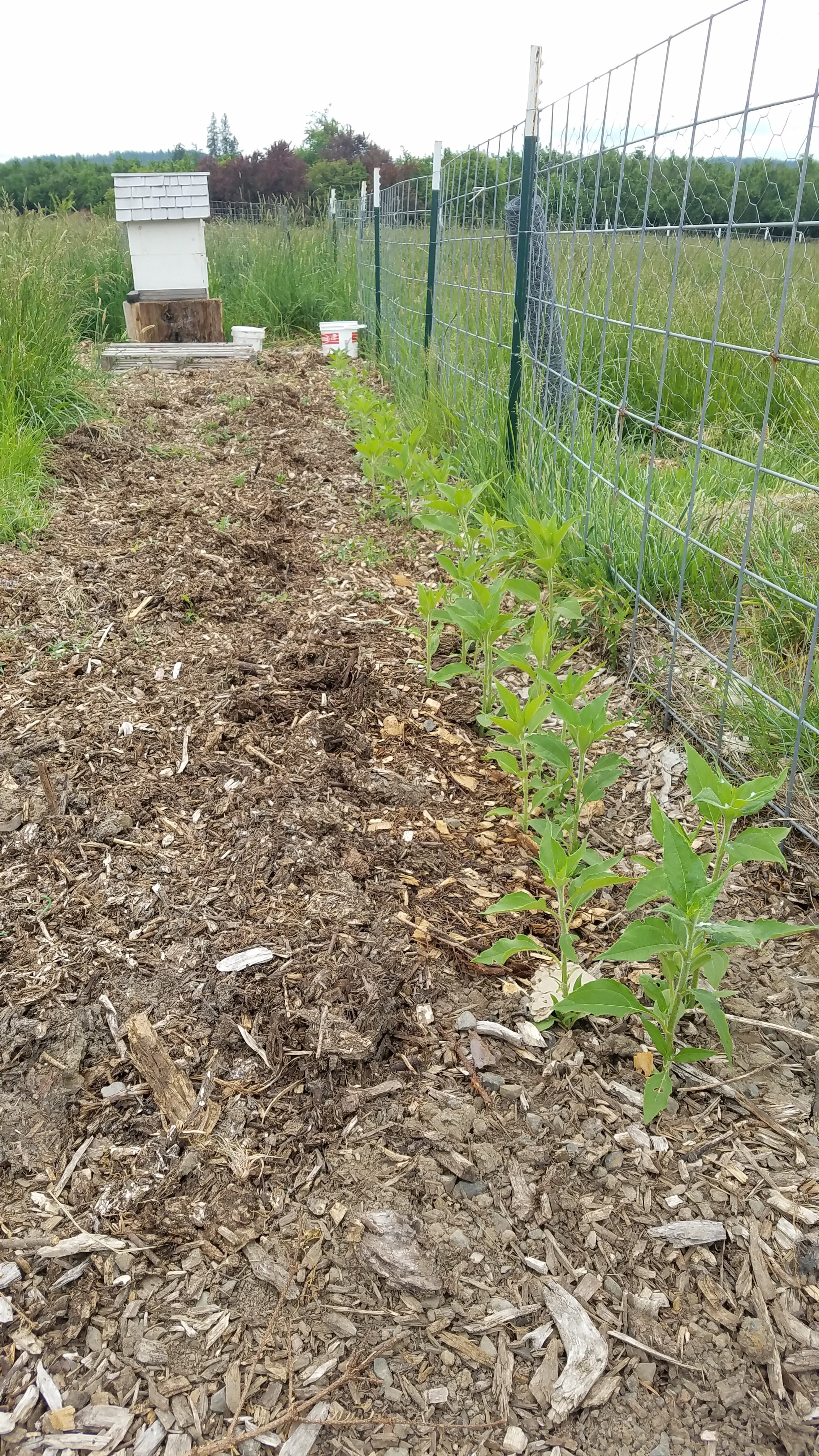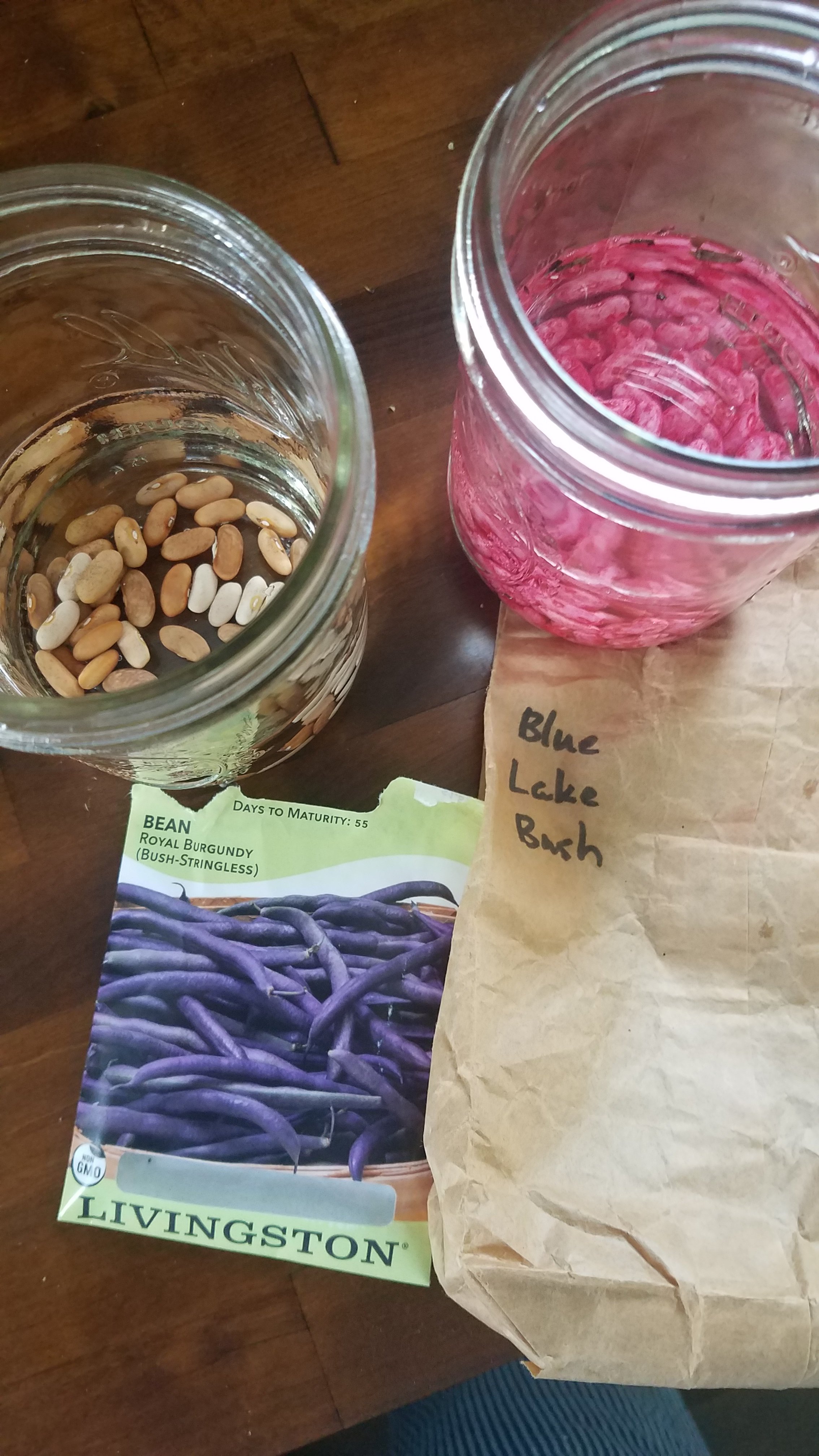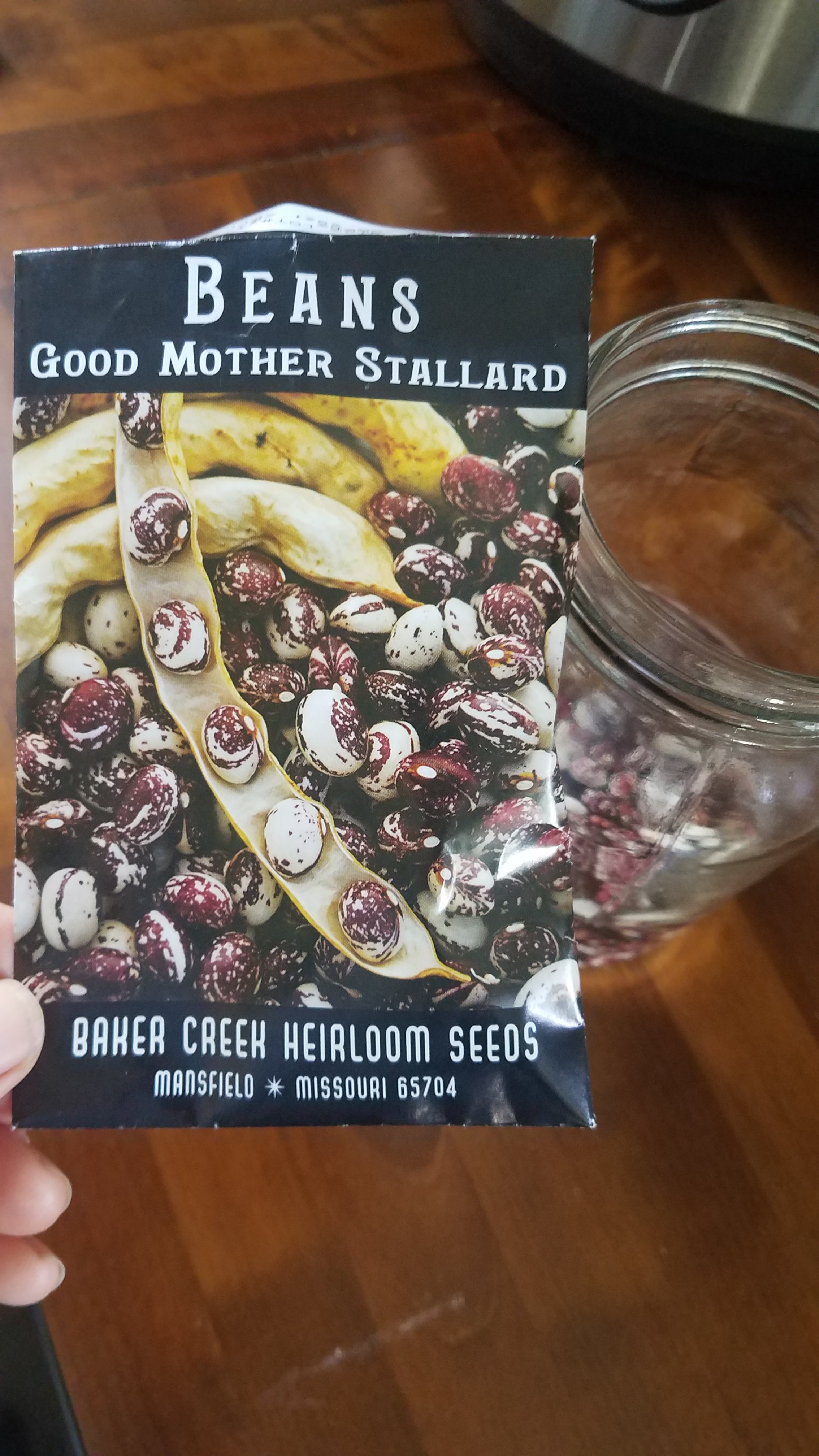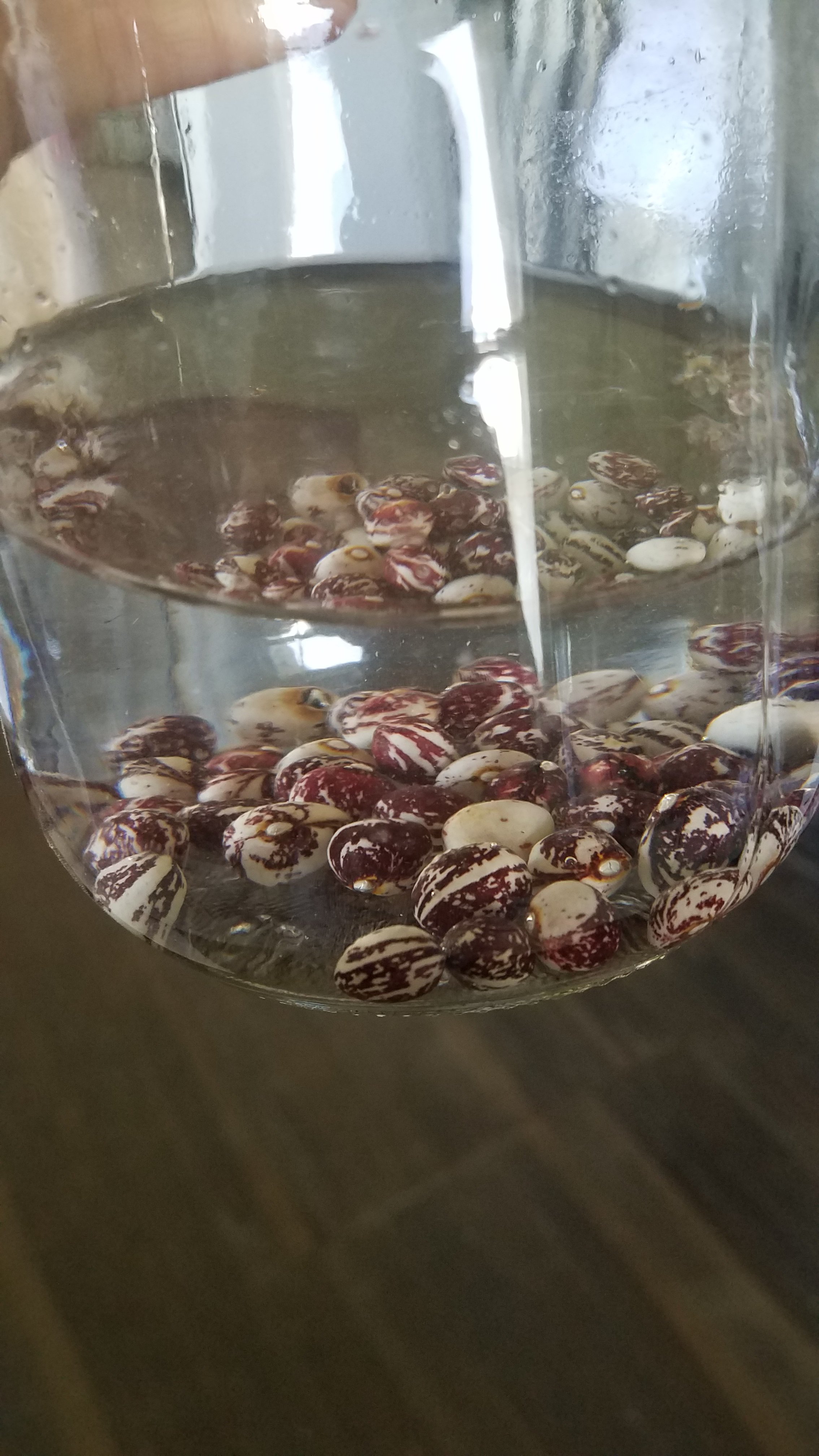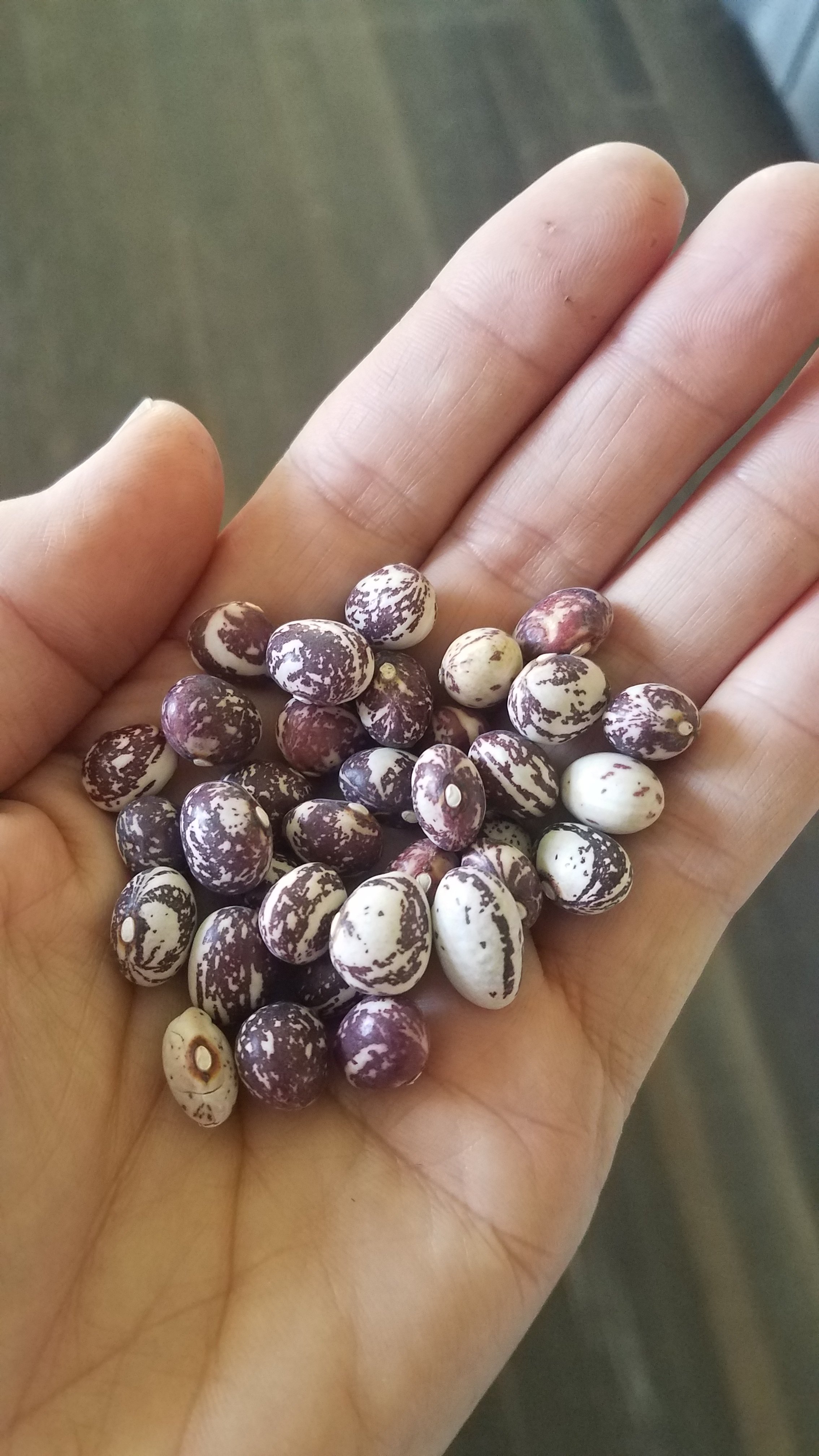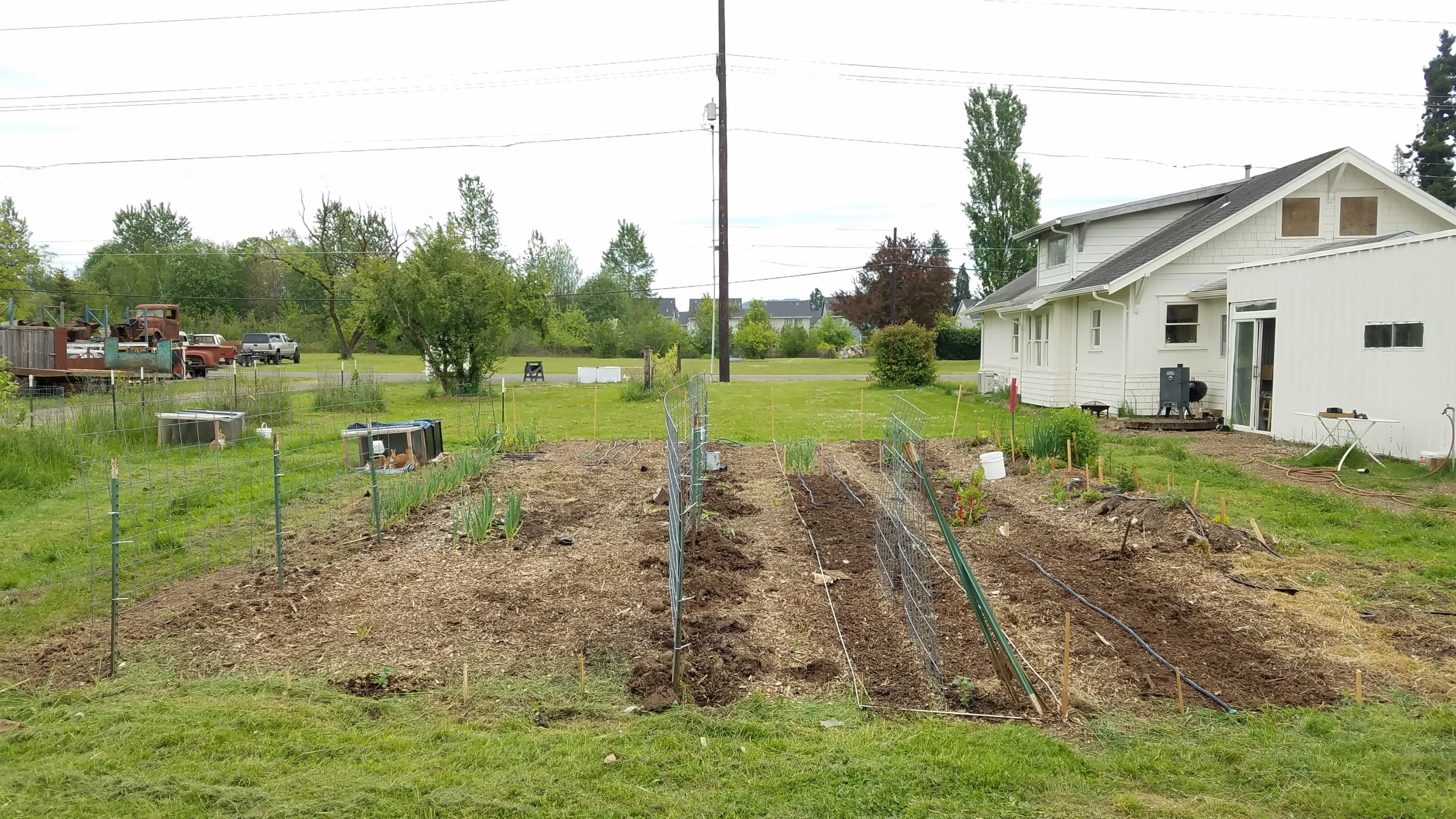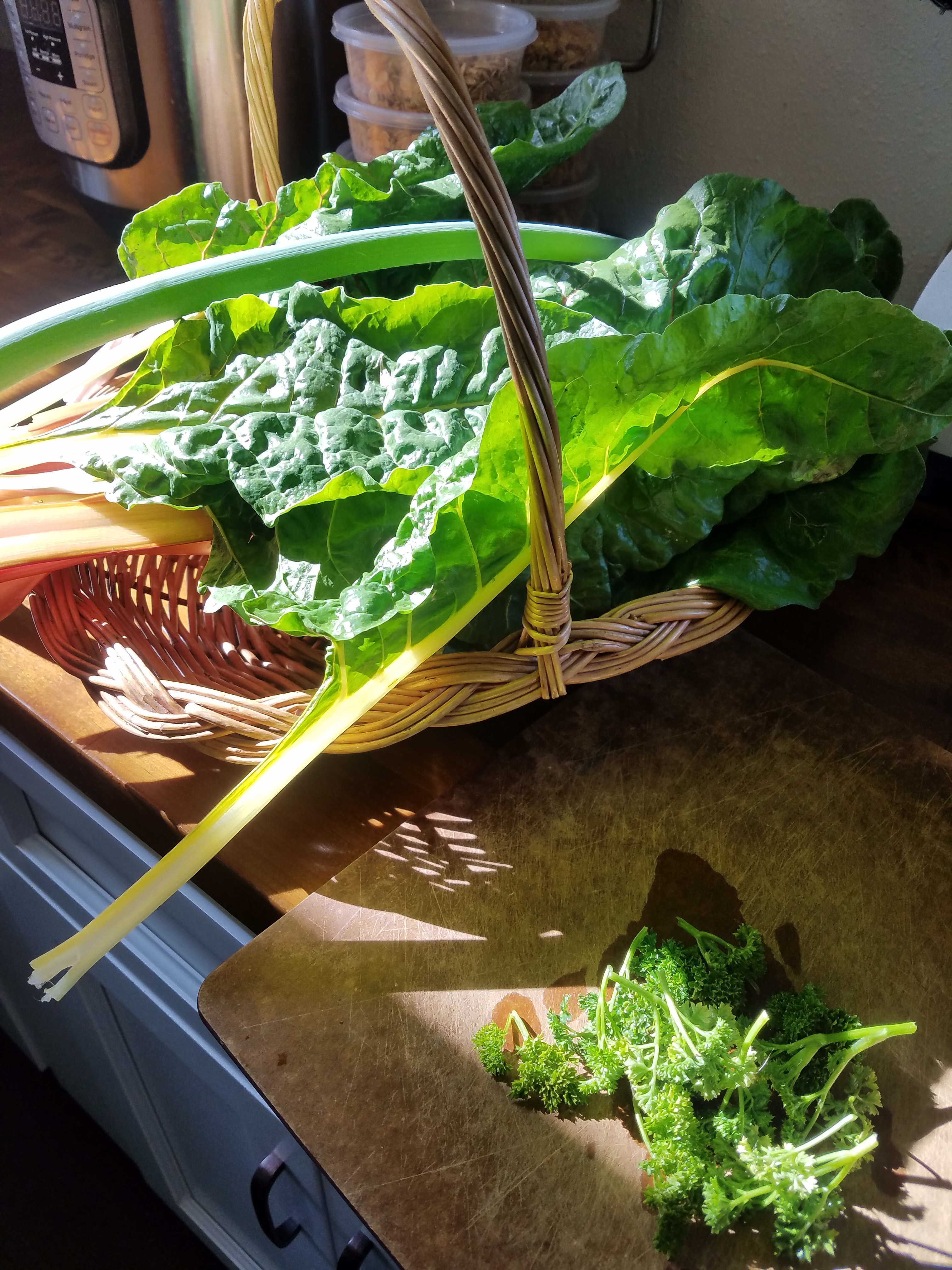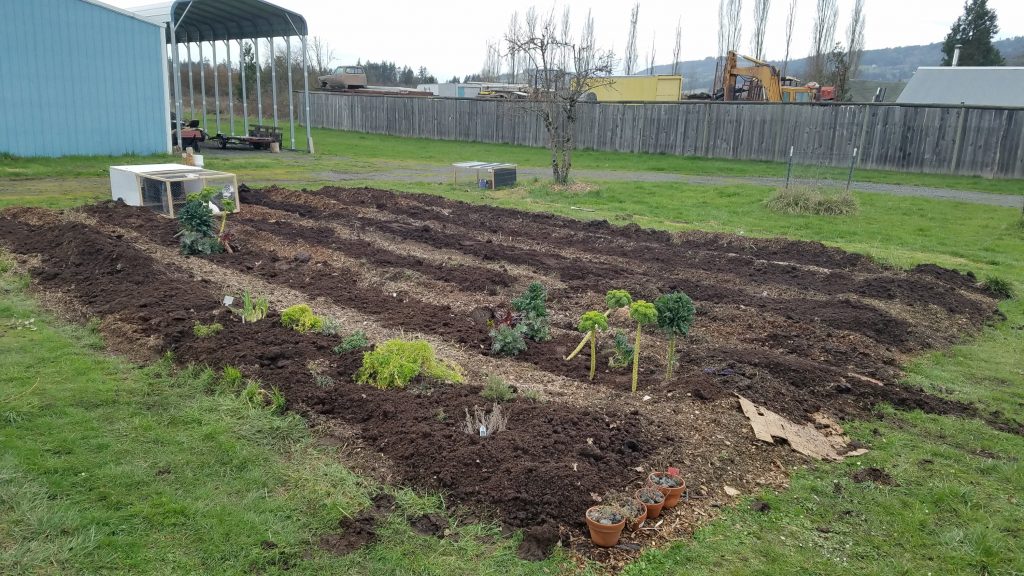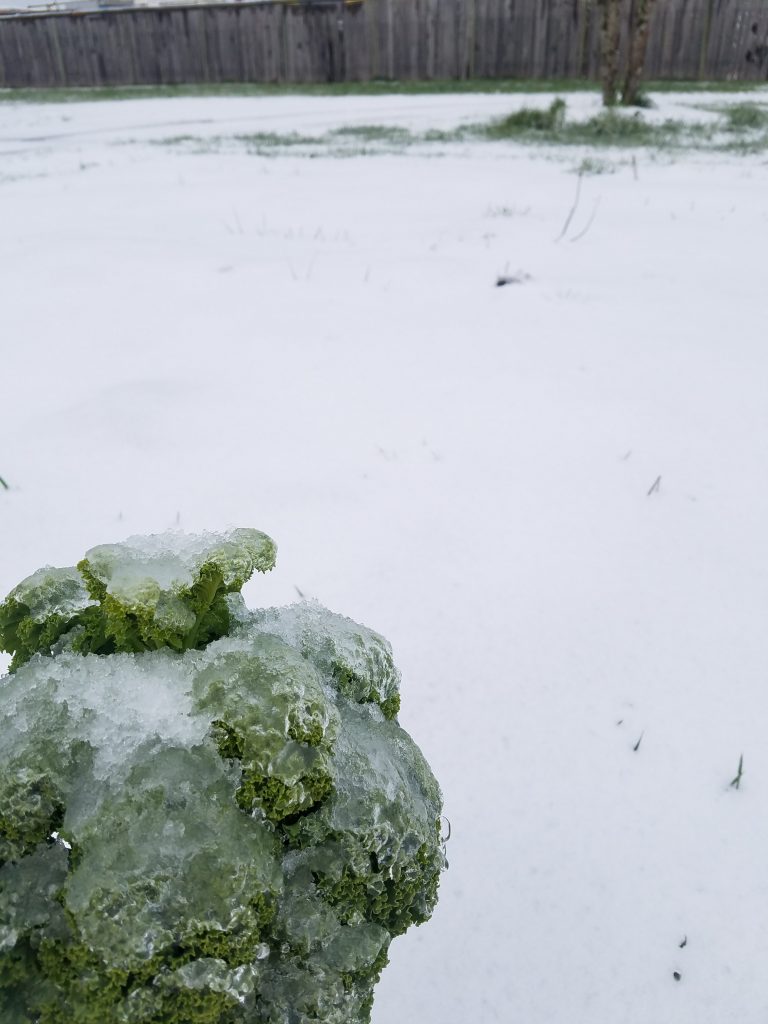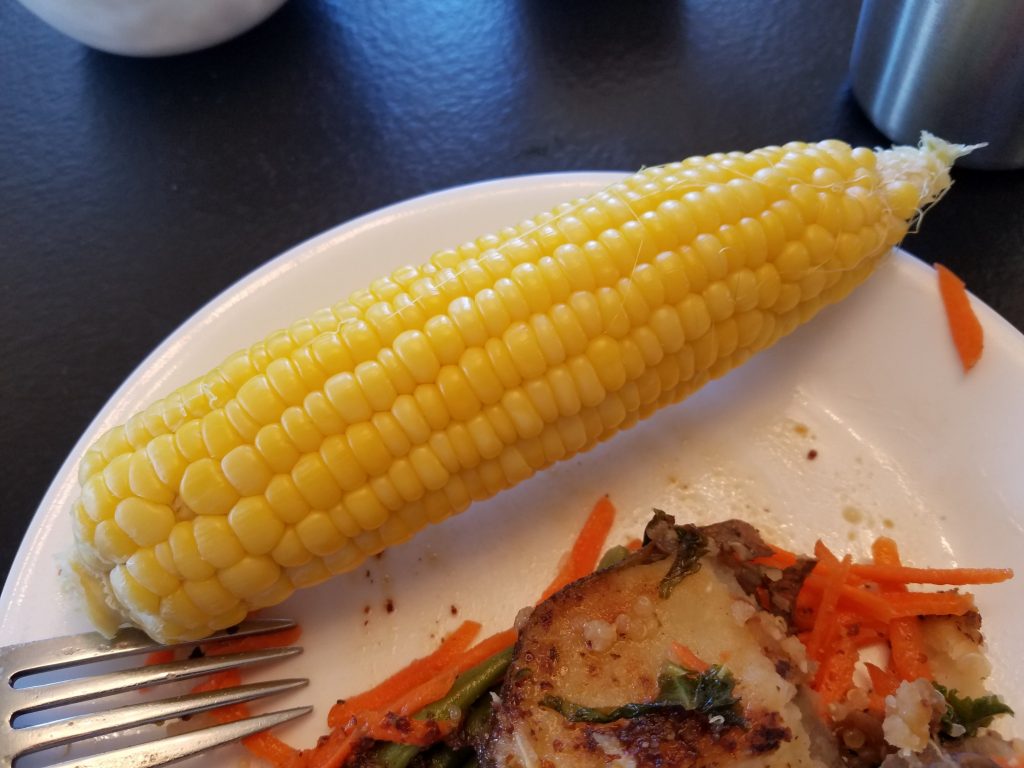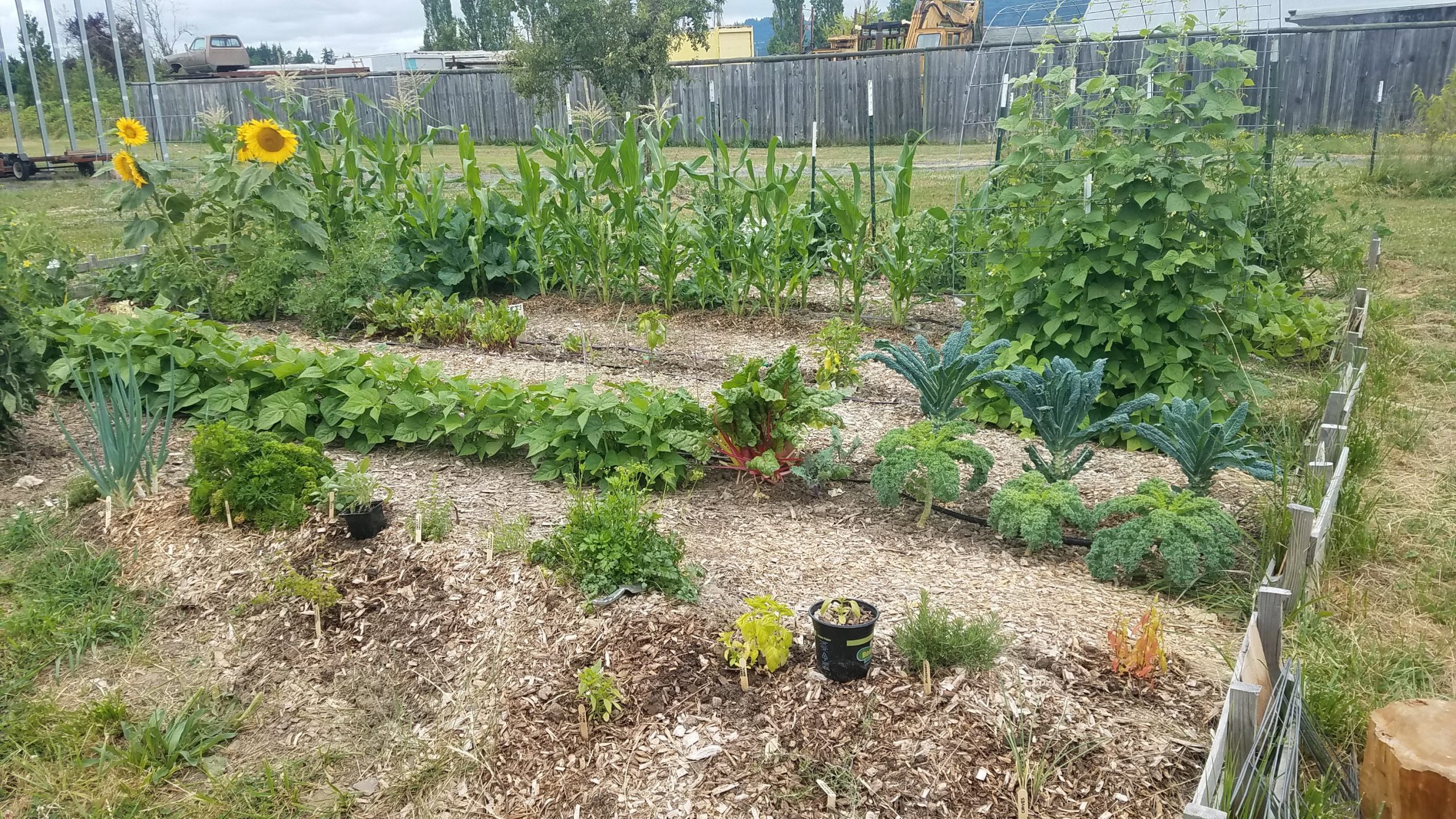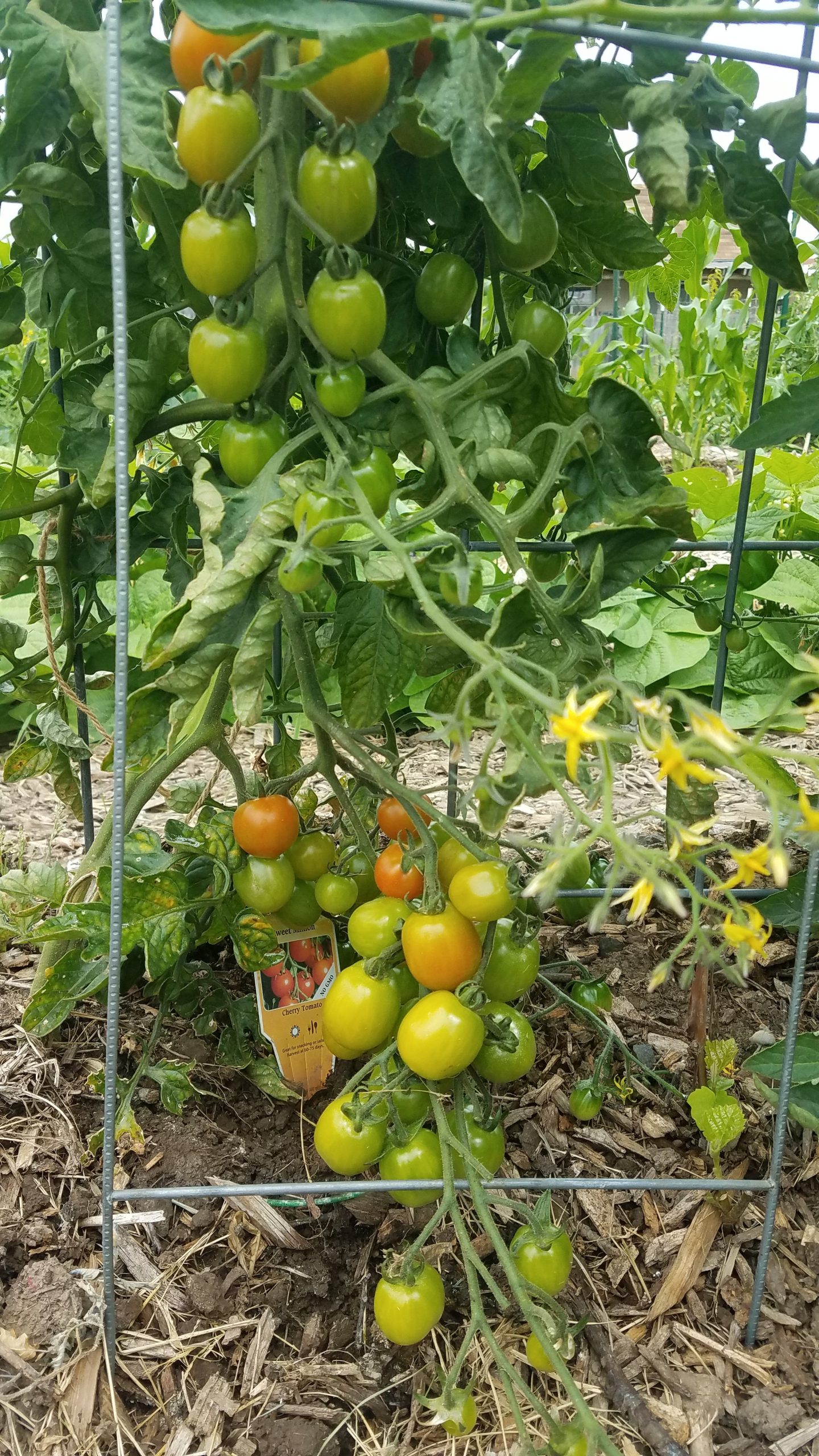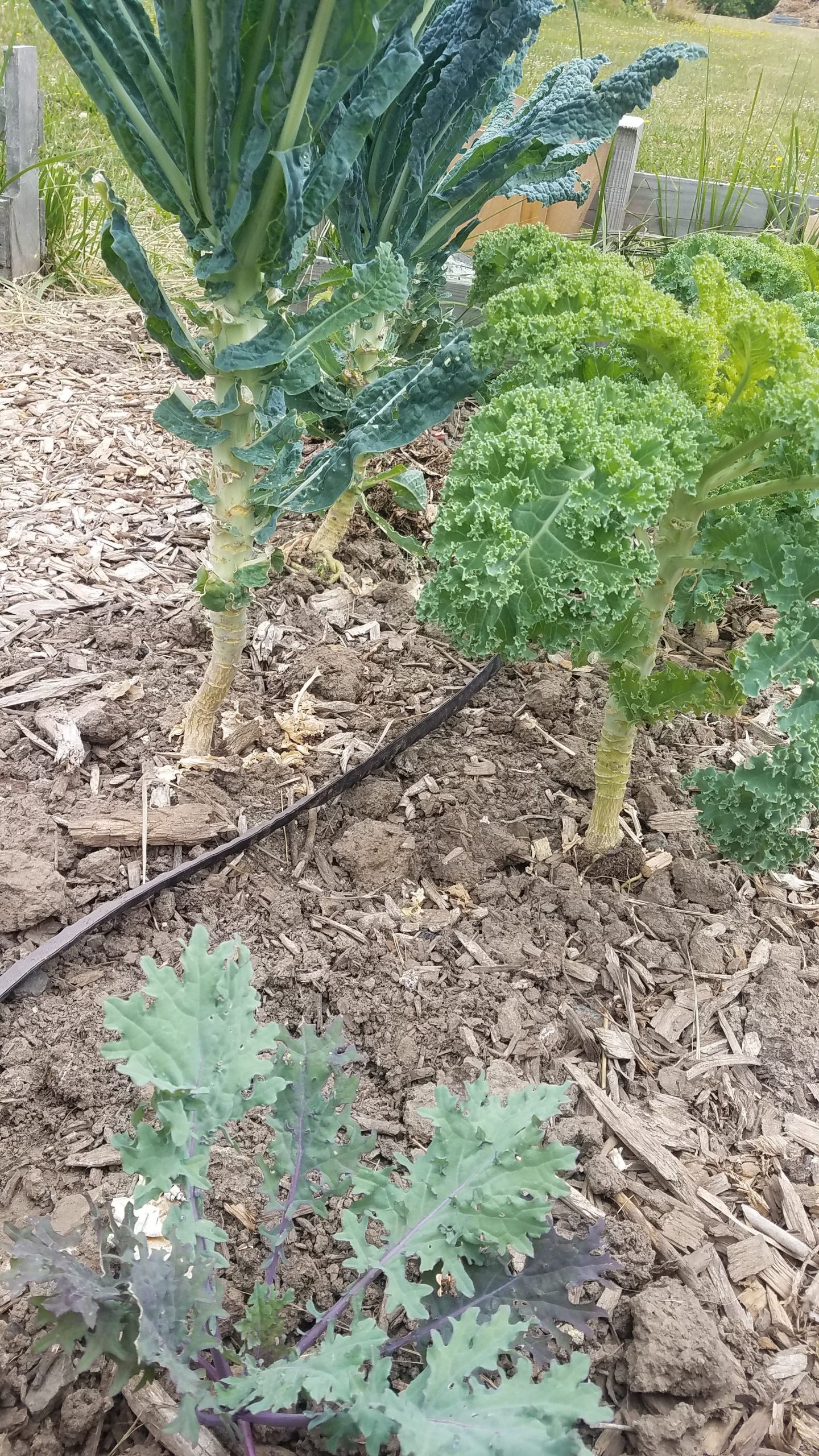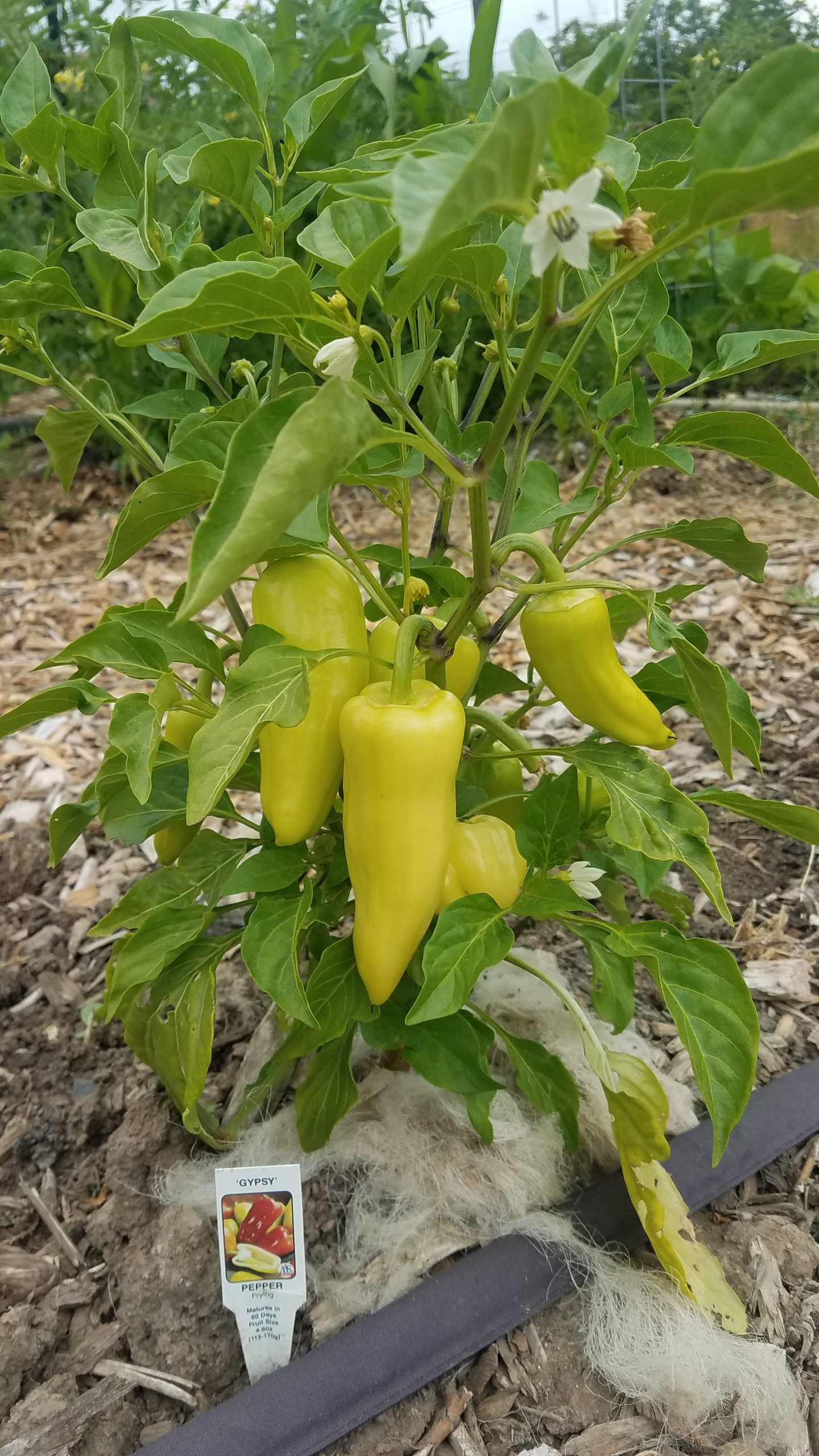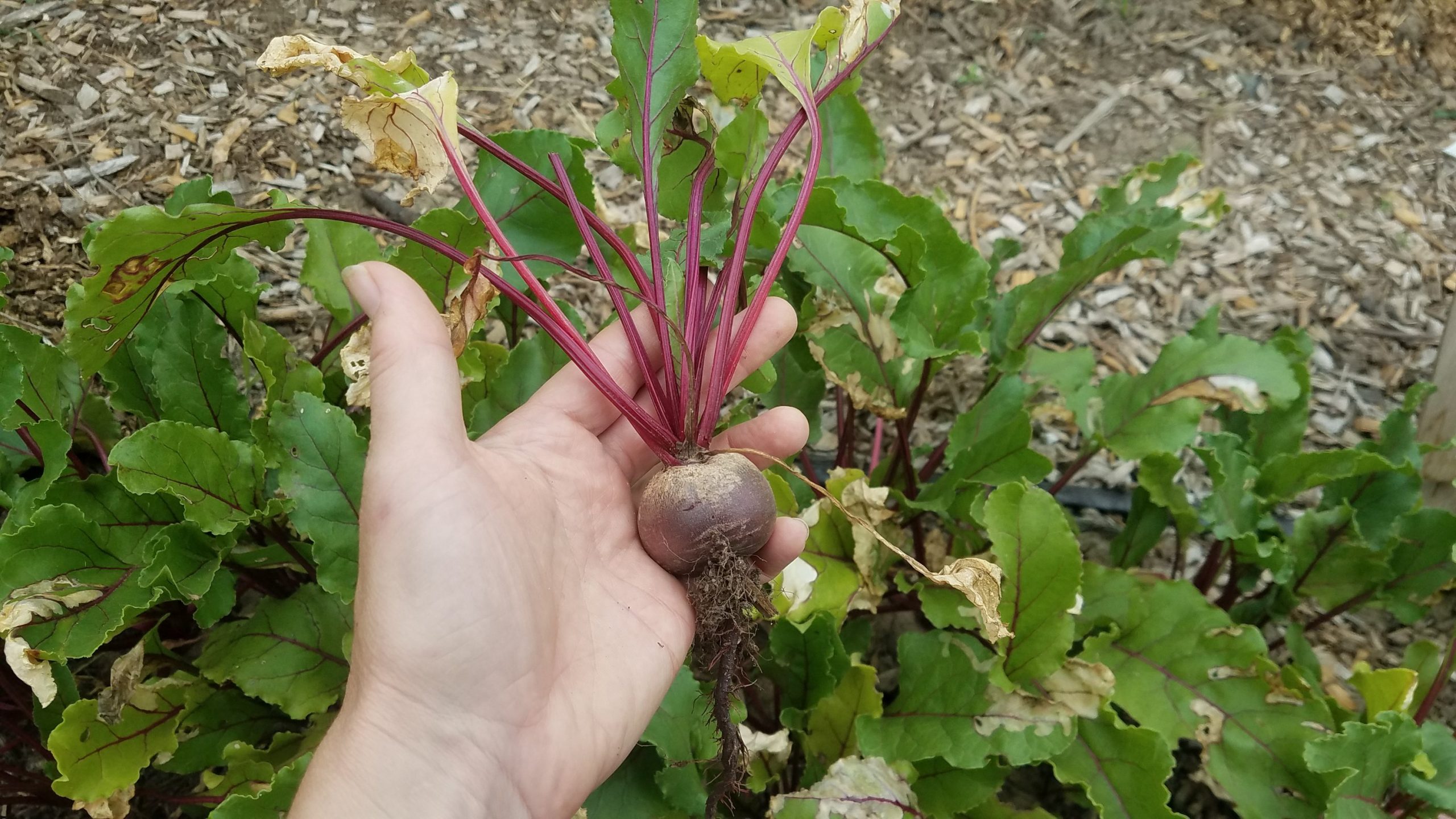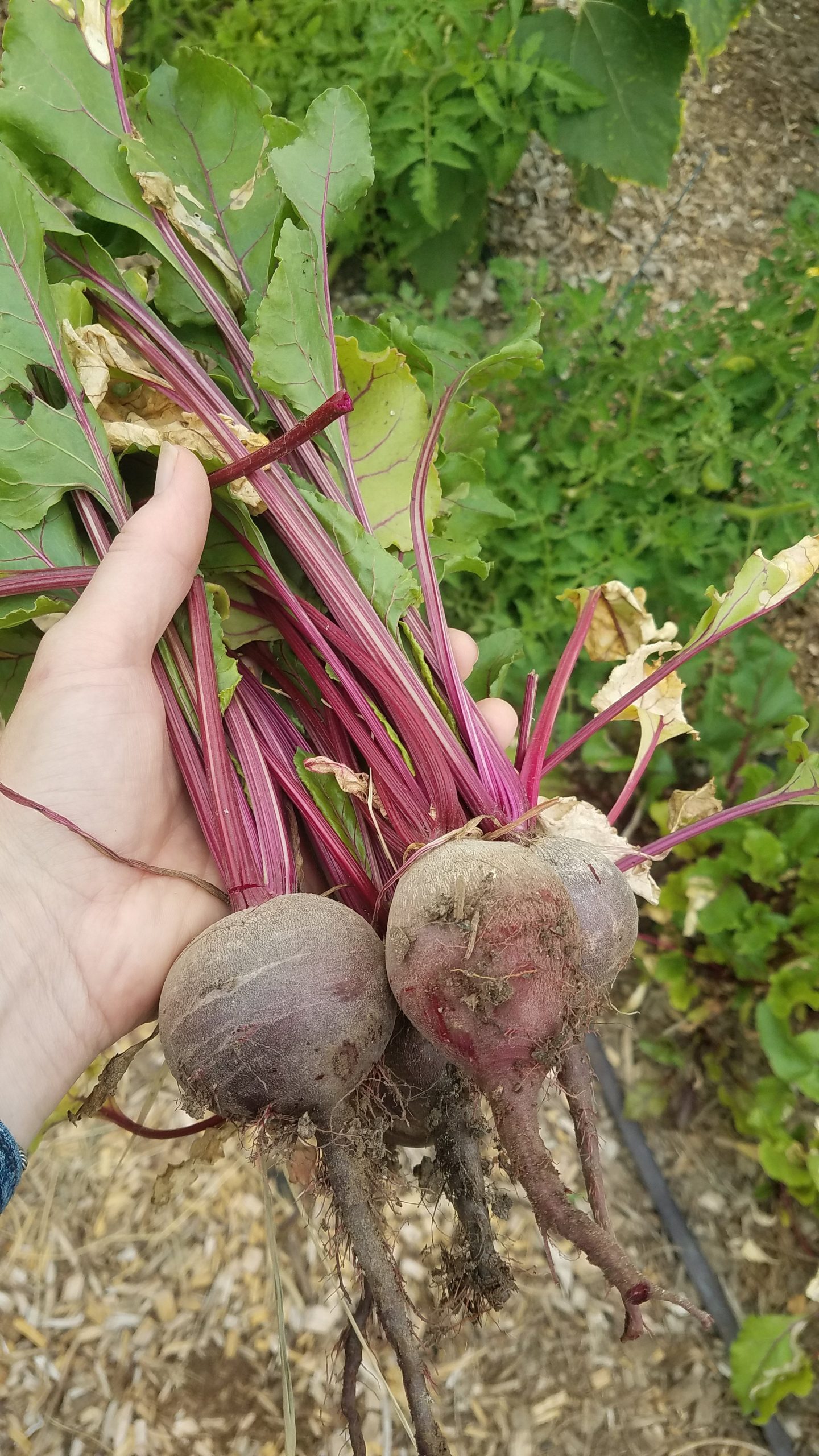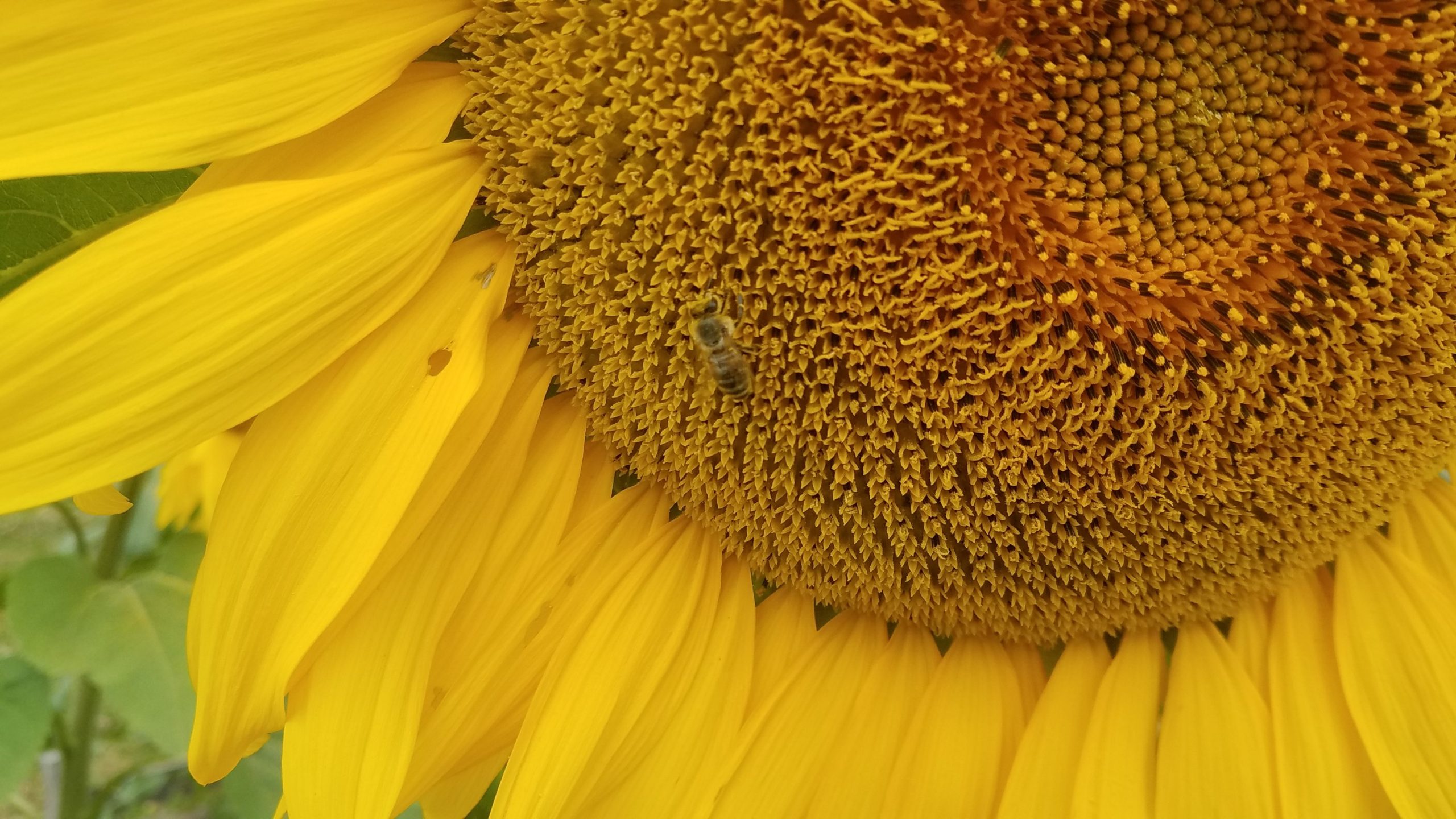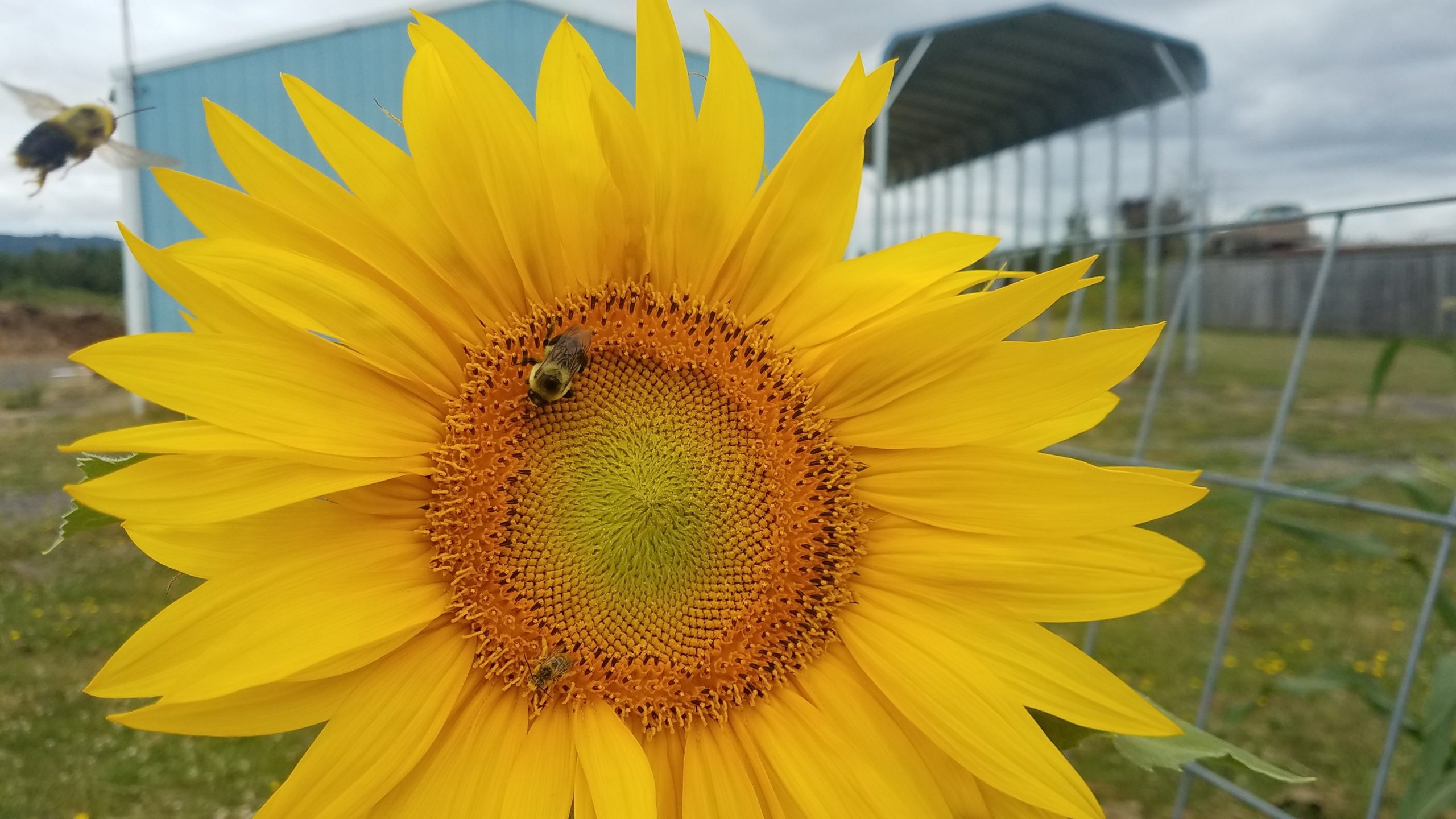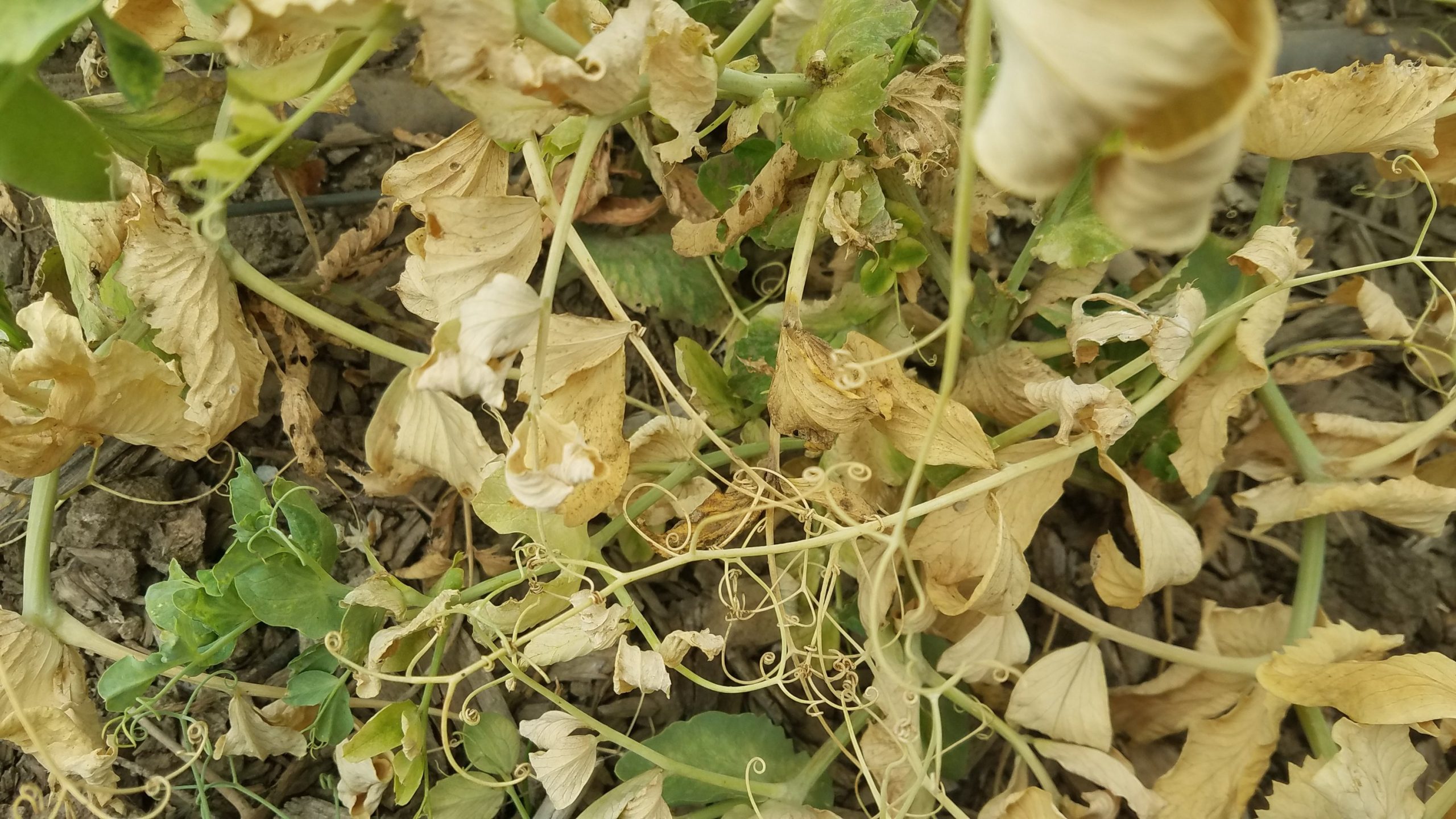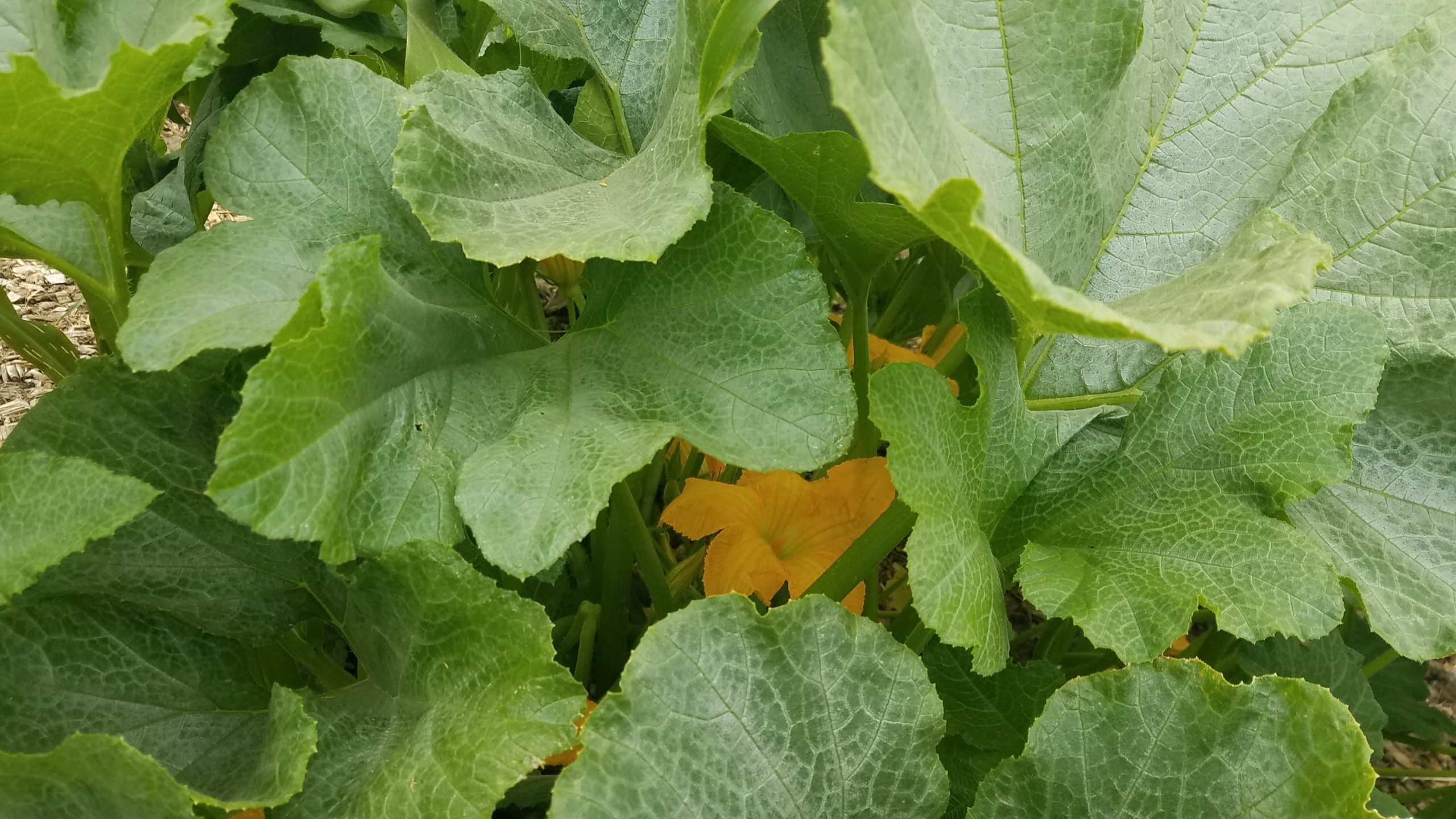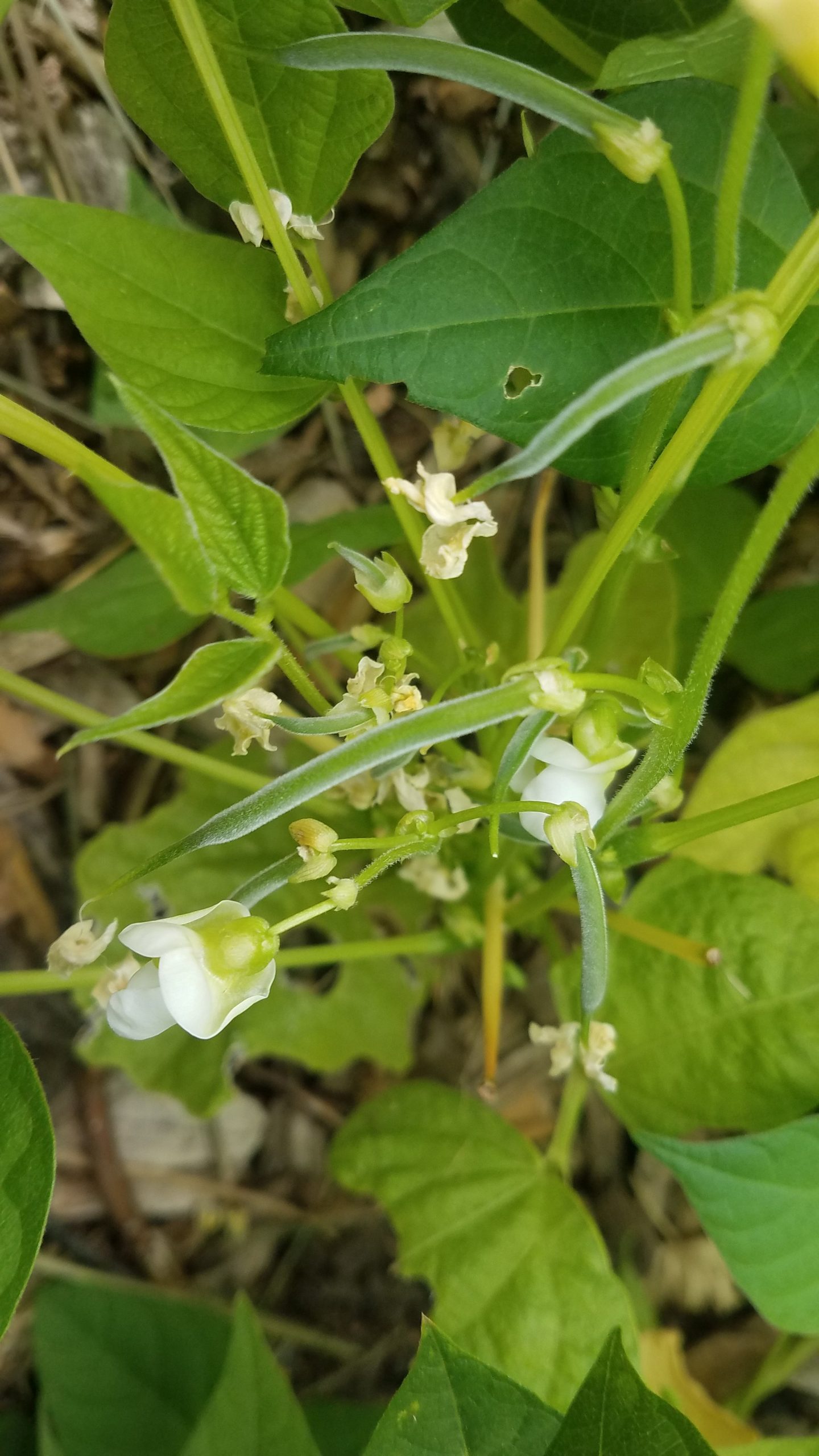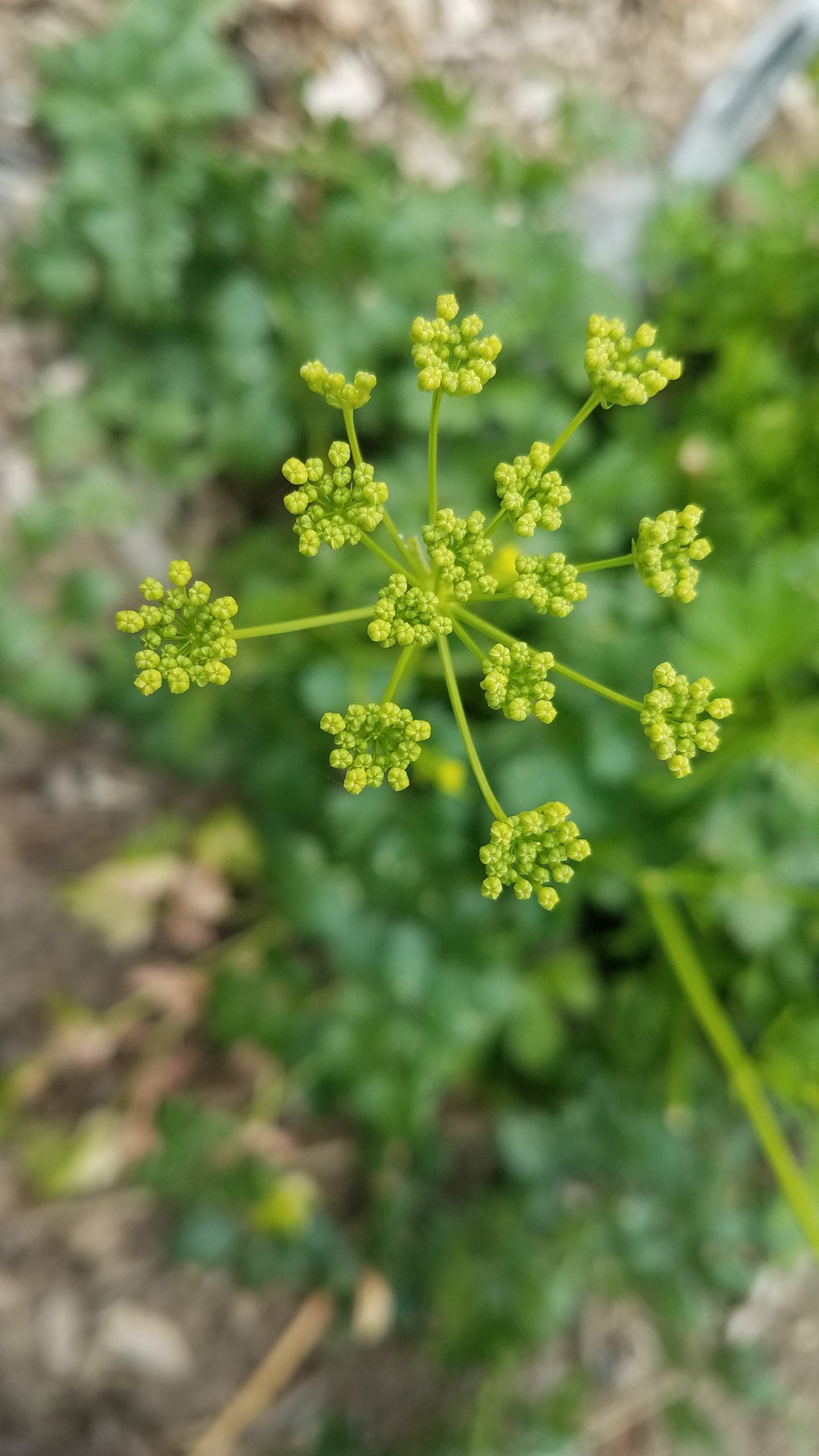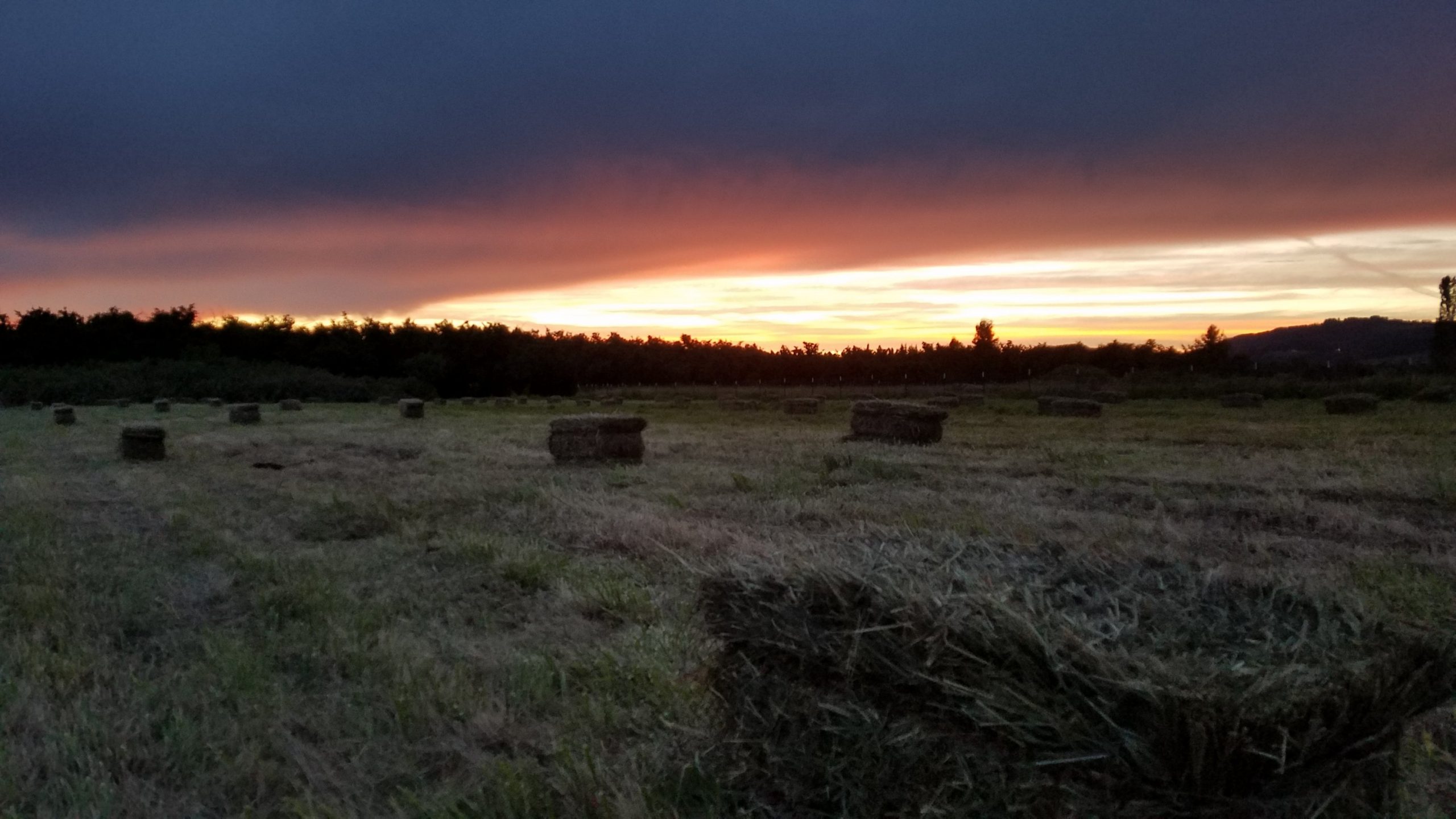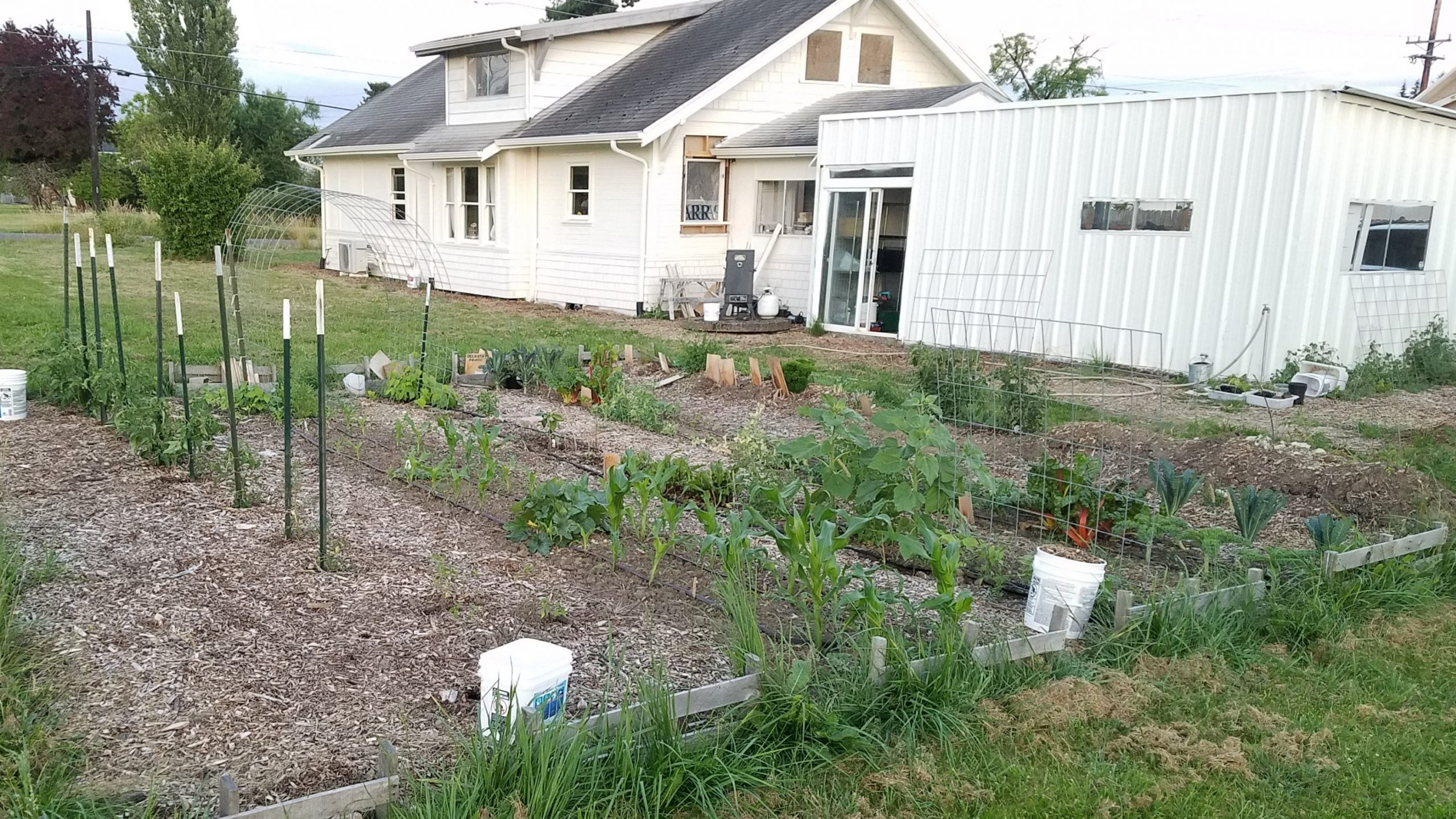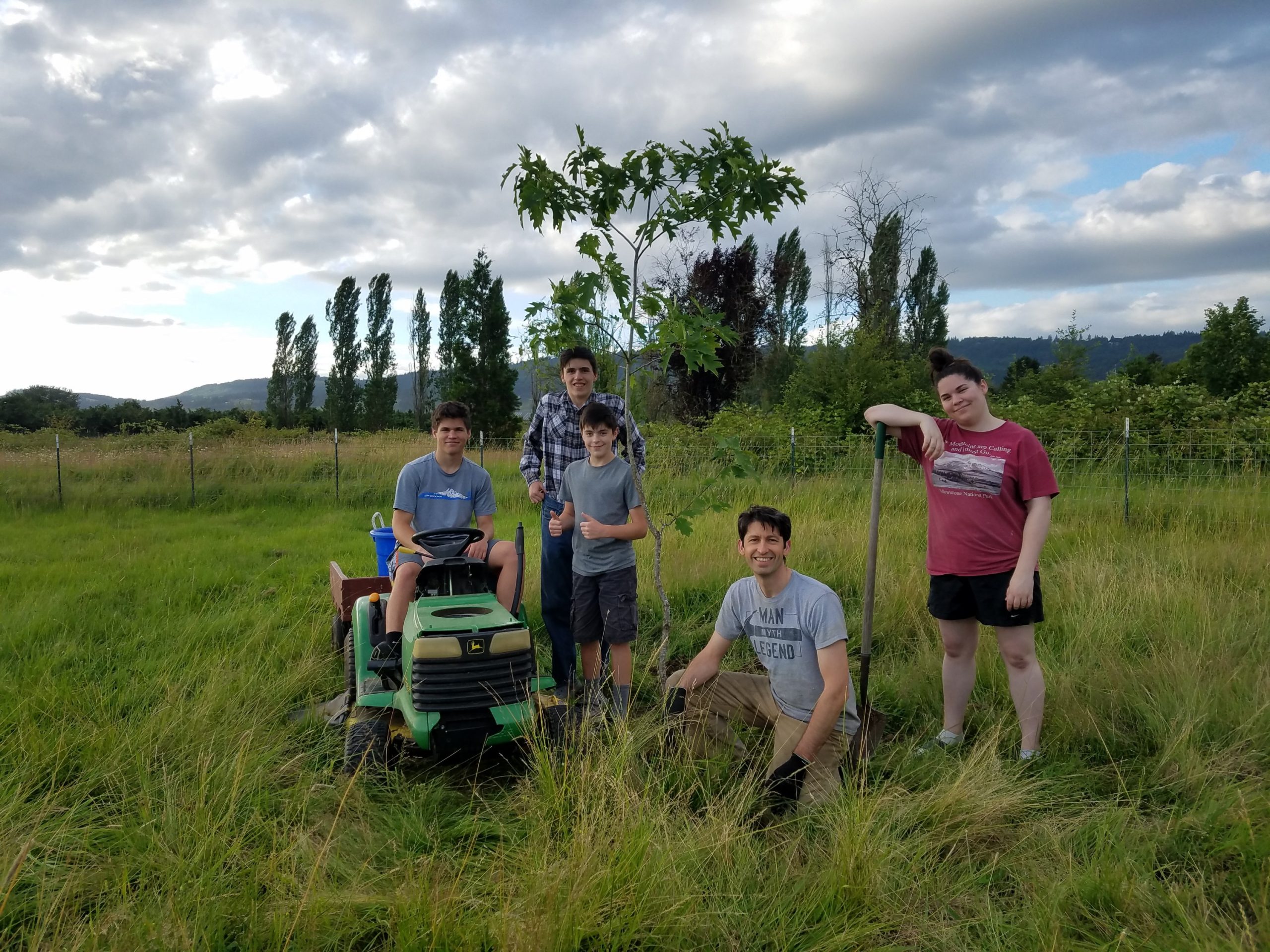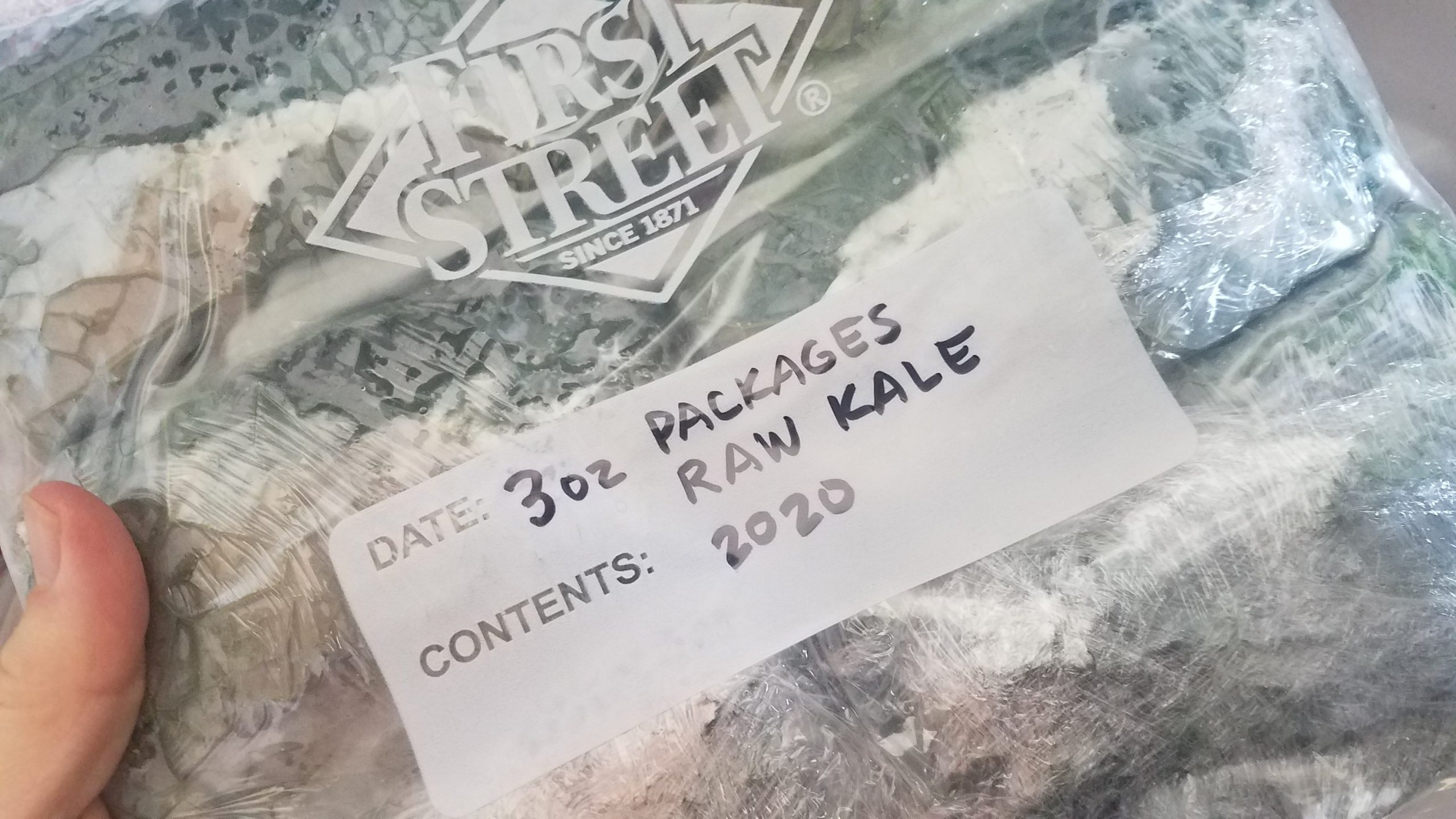The first row of corn is up, and I planted the second row today. The potatoes are up, too. Instead of thinning the tatsoi, I tried transplanting every other plant to give them enough space. We’ll see how they handle it.
With the tractor running again, I was finally able to do some grooming on the driveway (I had to wait for rain, too, to loosen things up and keep the dust down). While I was using the tractor, it suddenly died. It turned out to be a buildup of deposit on the rotor in the distributor. A little sandpaper took care of it.
I forgot to mention, the bees died over the winter (probably from mites). Alden got a new nuc a couple weeks ago. Yesterday, he added a second brood box and two supers back onto the stack. We hope we can figure out how to help the bees survive the winter. We sprayed for mites last year, but apparently it wasn’t effective.
